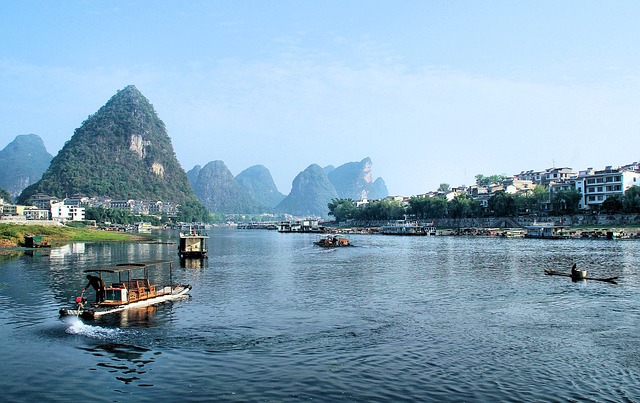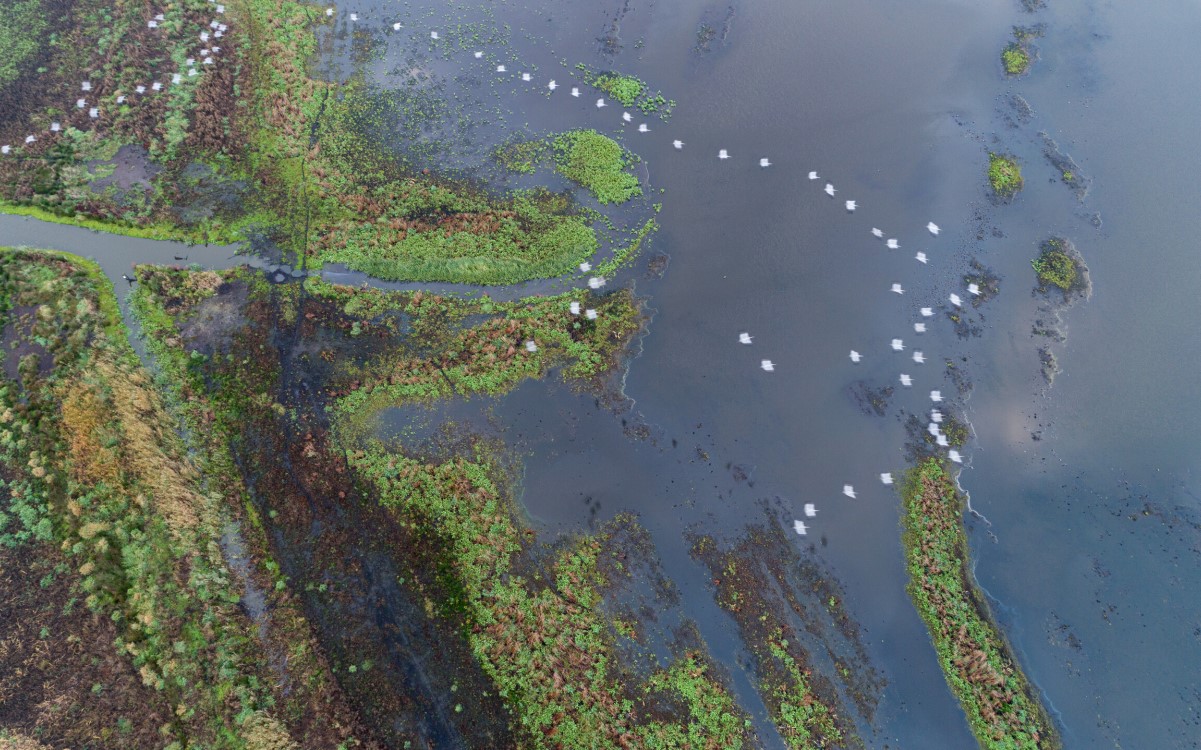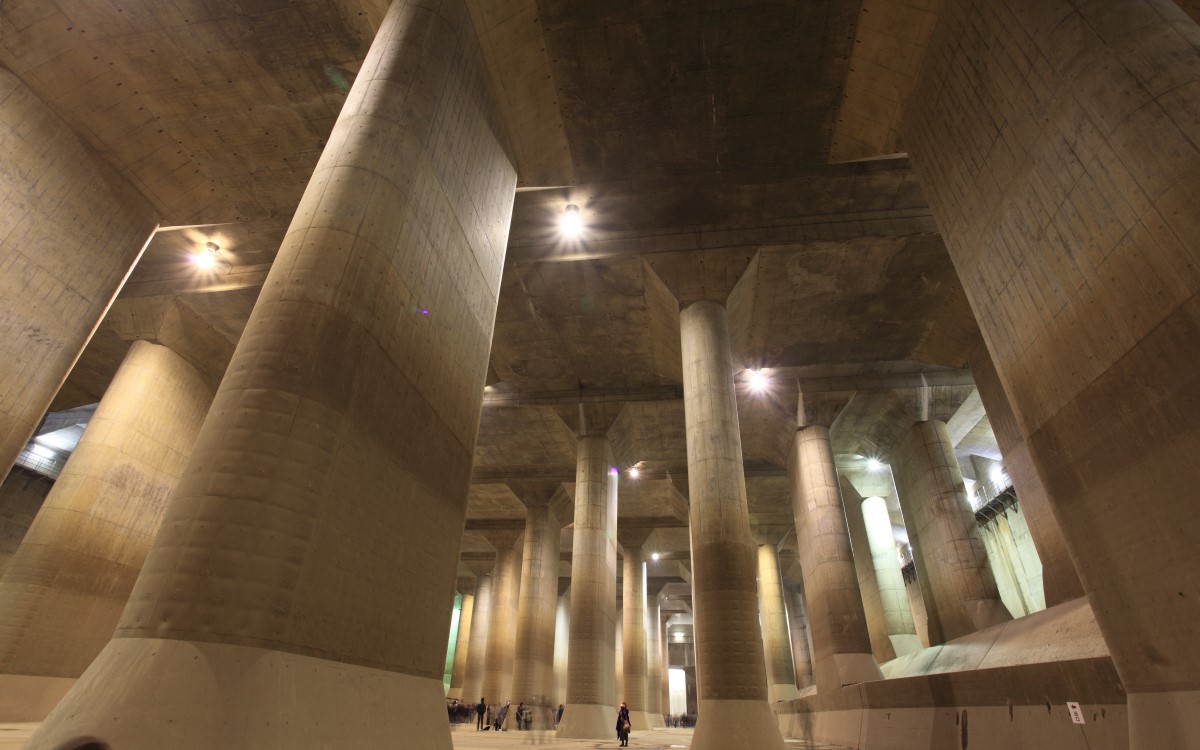The database includes every river of more than 500 meters in length and each standing body of water larger than 5,000 square meters and contains physical data of over 3.33 million natural and artificial rivers, lakes, reservoirs and canals, according to Chinese state media.
Each water body now has a specific unique code and the unified entity code is conducive to accurate surveying and mapping, change monitoring and implementing the responsibility for supervision.
Through this database, it will be clearer to understand the origin and outlet of each river and how it flows. The implication is that if a water pollution incident occurs, the extent of its impact can be quickly analyzed.
Source: OOSKAnews, Inc.
China completes national database of water networks
Kategorie: Sonstiges
Autor: Jonas Völker
Das könnte Sie auch interessieren:
Passende Firmen zum Thema:
Publikationen
Sie möchten die gwf Wasser + Abwasser testen
Bestellen Sie Ihr kostenloses Probeheft
Überzeugen Sie sich selbst: Gerne senden wir Ihnen die gwf Wasser + Abwasser kostenlos und unverbindlich zur Probe!




